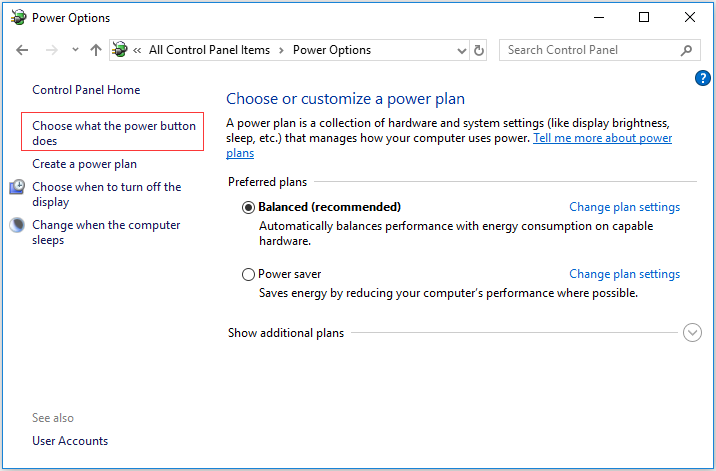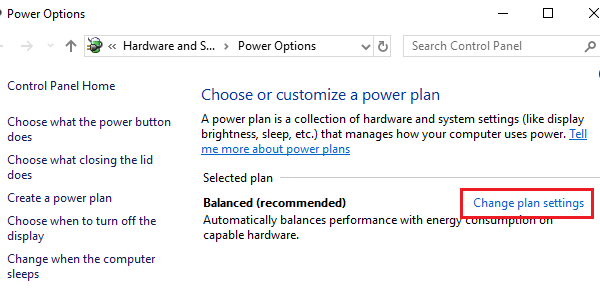

Some motherboards even have a built-in power button. You can short the appropriate motherboard pins together (check which ones in your motherboard manual) to eliminate the power button from the equation. If the LED is on showing that power is reaching it, make sure the power button in your PC case is properly connected and working. One of the most common PC power supply issues is that the PC will turn off unexpectedly rather than fail to boot up at all. There's also a fuse inside the PSU itself, but it will require you to take it out of your PC (no mean feat) and then remove the metal case to check if that's the problem.

It's unlikely you'll have a spare to install and test, so first check the fuse in the plug. PC power supplies can also be problematic. If you're having problems with a touchpad, it's worth checking out our guide to fixing a cursor that's not moving. If you can see the coloured wires inside the black outer protection, it could be time to buy a new power supply unit (PSU). Weak points are at the ends where it joins the black brick and at the plug which connects to the laptop. If you have a spare power cable that will plug into your power supply, this is a much quicker way to test that it isn’t the fuse at fault.Ĭheck over the wire itself, as power supplies get beaten up, especially if you carry them everywhere. Use a screwdriver to remove the fuse and swap it for one that’s known to be good. If it's the correct charger, next check the fuse in the plug. Many laptops – especially from the same manufacturer – use the same size plug, and if you own more than one, it’s not too difficult to plug in the wrong power supply, which might provide a different voltage or not enough current. Older devices in particular can lose significant amounts of battery when in sleep mode, and may therefore not turn on if one of these chargers are used.

Some third-party chargers also output power at a speed that is only equivalent to what your device requires to run.

Stickers or markings on both the power supply and laptop should confirm this. So check that the adapter is indeed the correct one for your laptop and is delivering the right voltage and amps. There are various things that can go wrong, from using the wrong laptop power supply (delivering the wrong voltage) to a blown fuse in the plug. If it's one of the six below, we've included information on how to hopefully get it up and running again. However, it's important to take a deep breath and run through what the potential causes might be. A PC or laptop that won't turn on can be a traumatic experience, particularly if you rely on it as your primary device.


 0 kommentar(er)
0 kommentar(er)
